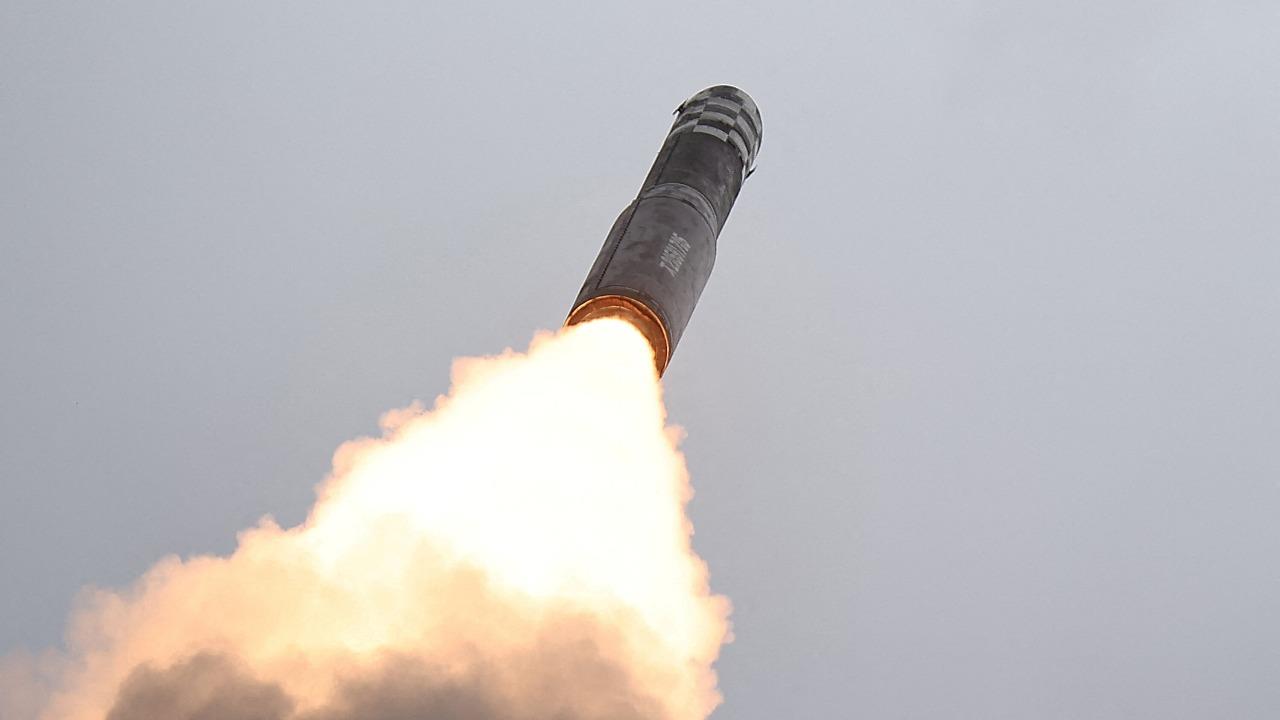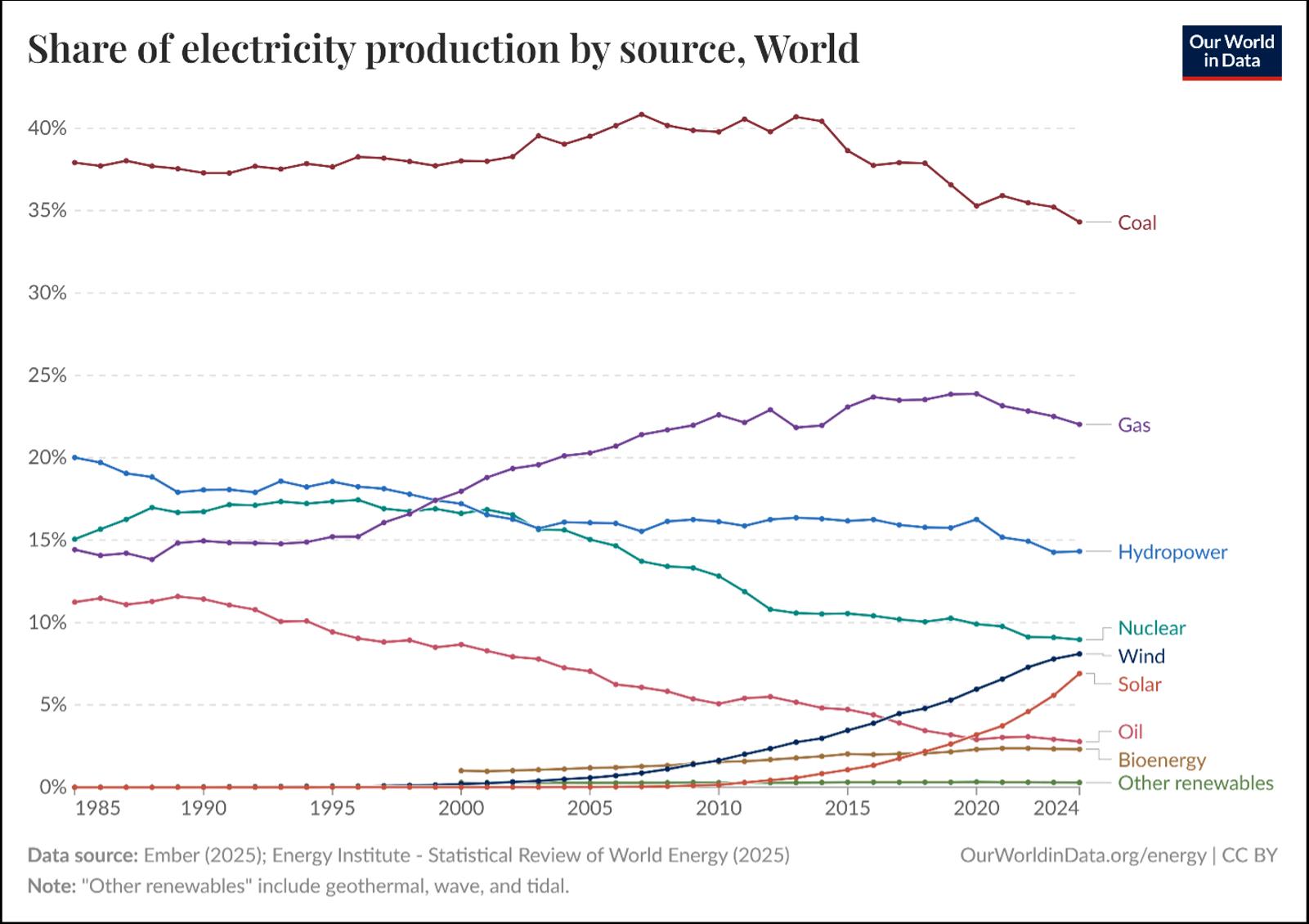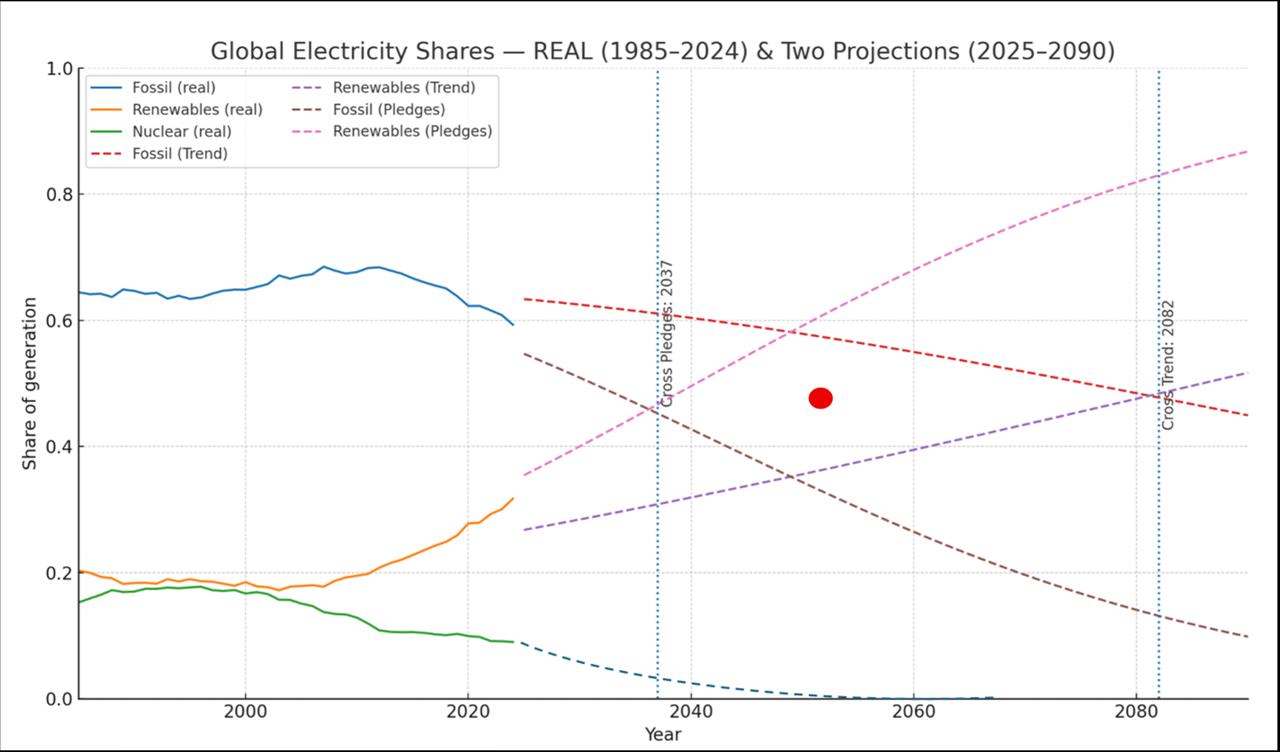(MENAFN- Asia Times)
Electricity is the backbone of the modern economy – the operating system of the digital age. As the world's hunger for power intensifies – from data centers and AI to electric vehicles and smart cities – one reality has become undeniable: the planet's electrical and climatic destiny is being forged in Asia.
The continent is not only the largest power consumer and producer; it has also become the primary geopolitical arena for next-generation energy technologies.
Recent reports mark a historic milestone: In 2024, low-carbon sources (renewables plus nuclear) surpassed 40% of global electricity generation for the first time, driven by an explosive buildout of solar and wind. This achievement – underwritten by trillions of dollars of investment and rapid innovation – offers a credible path toward a postcarbon economy.
Yet the larger picture is more sobering: over half of the world's electricity is still produced by burning fossil fuels, and Asia sits at the center of this paradox – both the champion of the green transition and its greatest obstacle.
The global landscape: two opposing forces
In 2024, two powerful and conflicting mega-trends dominated the global electricity sector. Understanding these forces is essential to grasping Asia's pivotal role.
Solar and wind expanded at a record pace in 2024, together overtaking hydropower for the first time. Roughly 858 TWh of additional clean generation came online – about the annual consumption of the UK and France combined – so that, excluding heatwave effects, ~96% of incremental demand was met by low-carbon sources.
Falling capital expenditures, policy support (IRA, EU Green Deal) and maturing supply chains have moved clean power from“alternative” to mainstream source of new supply.
Global electricity demand rose ~4.0% in 2024. Beyond weather, the drivers are structural: AI data centers, EV uptake, heat pumps and industrial electrification. Result: Absolute fossil generation declines only slowly because new demand absorbs much of the clean buildout, leaving thermal fleets critical for firm capacity and peak coverage – at least until grids, storage and demand response scale.
Asia: engine of production, epicenter of the challenge
Asia alone generates over 52% of the world's electricity (approximately 16,152 TWh in 2024), more than Europe and North America combined. But the backbone of this colossal production machine remains coal, which supplies nearly 55% of the continent's power. This deep dependency, a legacy of decades of rapid and cheap industrialization, places Asia at the heart of the global energy paradox.
Table 1: Top 10 electricity producers & key indicators (2024)


























Comments
No comment